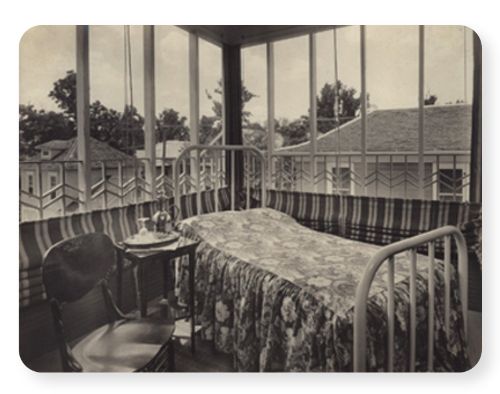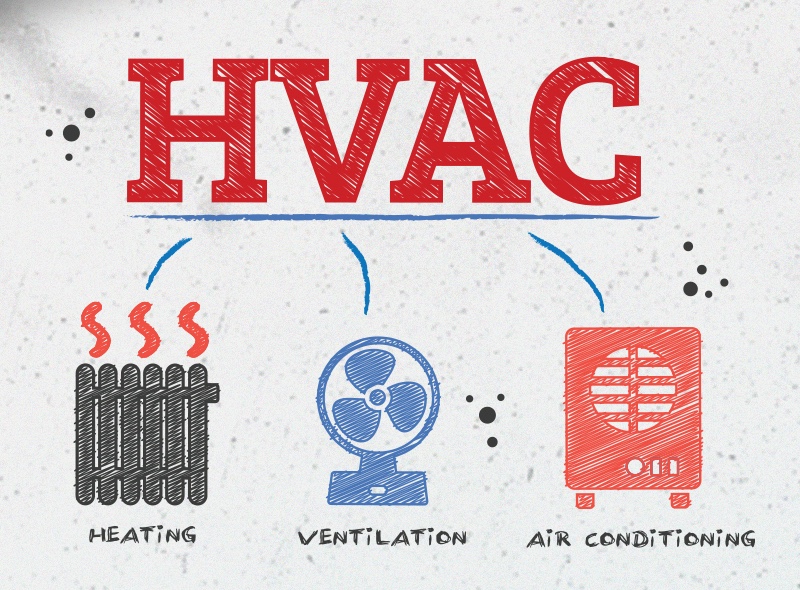
In today’s world, the comfort of air conditioning is something many of us take for granted. But before the widespread adoption of residential air conditioning, homeowners had to get creative to stay cool during sweltering summer nights. One such ingenious solution was the sleeping porch, an architectural feature that became a staple in homes built in the late 19th and early 20th centuries.
The Inception of Sleeping Porches
Sleeping porches were designed to provide a comfortable place to sleep during hot weather, taking advantage of cooler evening breezes. These porches were typically located on the second floor or higher, often at the back or side of the house to maximize airflow. Screened-in to protect against insects, they allowed residents to enjoy the benefits of fresh air while maintaining some level of privacy and security. Continue reading “The Rise and Fall of Sleeping Porches: A Look Back at Early Home Cooling Solutions”



